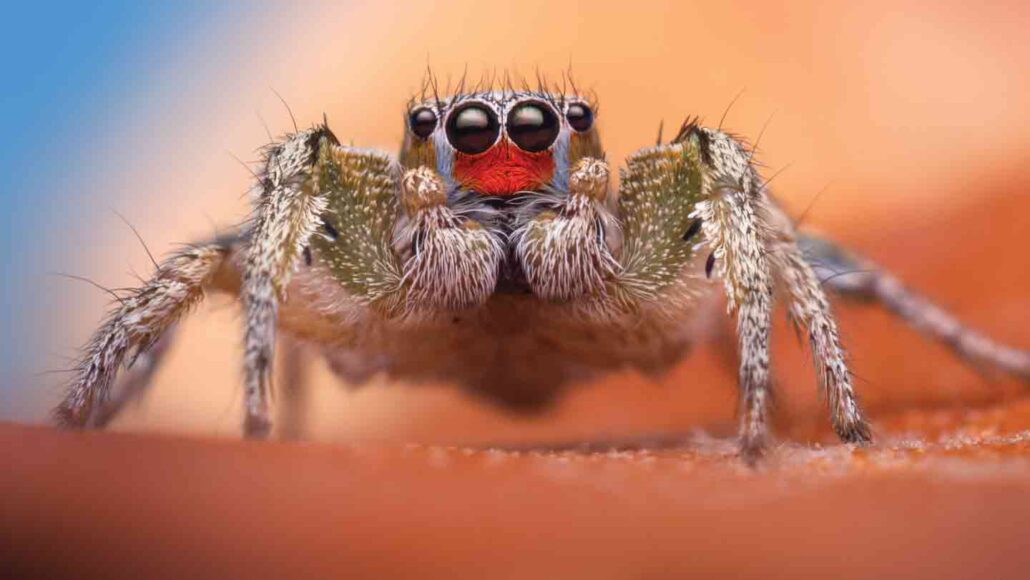Questions for “See the world through a jumping spider’s eyes — and other senses”

Jumping spiders have an exceptional way of sensing the world. While their two primary, front-facing eyes offer high-resolution color vision, side eyes give black-and-white vision that extends even to the area behind them. And their feet? They taste as they walk.
THOMAS SHAHAN